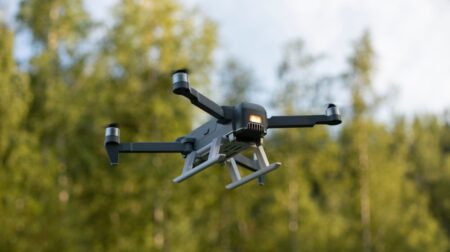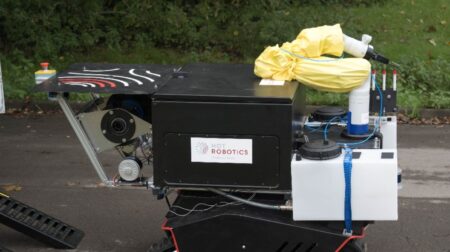The Defence and Security Accelerator (DASA) has launched the next phase of its telexistence funding competition, with £1.3m made available for developers of telepresence, robotic and haptic technologies for the nuclear decommissioning sector.
Telexistence technology has the potential to give those working in hazardous environments the capability to undertake tasks without physically being present, which can decrease risk and reduce the logistical burden associated with dangerous operations.
Using remotely-operated telepresence systems, the operator can see and hear as though in the environment, while robotics and wearable assistive technologies allow for them to interact with the environment.
Additionally, haptic feedback sensors enable the operator to touch and feel the remote environment enabling this technology to be deployed in specialist nuclear decommission tasks, explosive ordnance disposal or defence and security applications.
DASA said it is now looking for innovators, on behalf of the Defence Science and Technology Laboratory and the Nuclear Decommissioning Authority (NDA), to develop a complete telexistence system. This will involve the integration of telepresence, robotic and haptic technologies on to a single platform. Solutions must enable the user to experience and interact with the remote environment as if they were physically there.
Successful suppliers will be invited to its laboratories to evaluate the capabilities of the systems against a series of tasks that are representative of a use case. DASA expects to fund several proposals with a maximum value of £400,000 per proposal.
Andrew Gray, innovation delivery manager at the NDA, said: “Advancing these technologies and our knowledge of what is possible through the Telexistence competition, will help us deliver our decommissioning mission in different ways while ensuring humans are away from harm.
“We are looking forward to seeing what creative solutions are put forward by the supply chain.”
The submission deadline is midday on 06 April 2022.








